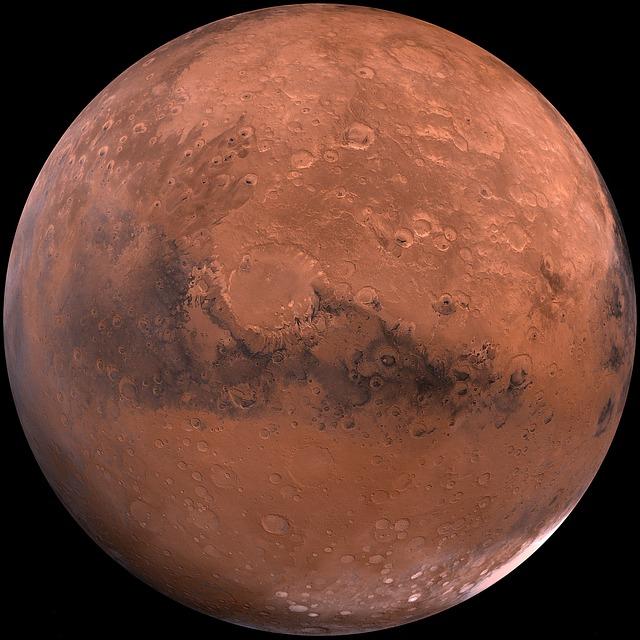Possible Niches for Life
In the past, scientists had strong feelings about the existence of ice on Mars. However, the time has come that scientists have potentially found flowing water on Mars, not just frozen water. The flowing water is evident due to two aspects. Number one: there are dark streaks that line hills and mountains during the summer that get wider, and then get more narrow in the winter because of freezing. Number two, there has been waterlogged molecules containing salt, which is “a direct detection of water in the form of hydrogen of salts.” A niche is all the environmental conditions under which the individual or species can survive. Therefore, because of the existence of water, Mars is a possible niche for life. The running water is a substantial start, and can provide a way of life.
In 1877, an Italian astronomer Giovani Schiaparelli created a study to observe the surface of Mars. He also saw huge streaks on the land, and called them channels, or canali. This was the start of the big question: is there life on Mars? It also added more questions. The chief among them being whether or not Mars could sustain life.
Moreover, the leading evidence for the water on Mars coincided with NASA”s Mars Reconnaissance Orbiter (MRO). The MRO presented the strongest findings. The MRO picked up the streaks that appear on Mars during different seasons and also revealed that there was running water in various locations on the planet. The salt that was found, acts somewhat like the roads when they are icy, they cause the ice/snow to melt faster. This is what makes the streak images on Mars darker.
John Grunsfield, astronaut and associate administrator for NASA states, “’Our quest on Mars has been to ‘follow the water,’ in our search for life in the universe, and now we have convincing science that validates what we’ve long suspected, this is a significant development, as it appears to confirm that water — albeit briny — is flowing today on the surface of Mars.”

Hey, I'm a Senior at Air Academy High School and the Senior Photo Editor for The Jetstream Journal! I practically run all year long, doing cross country...








